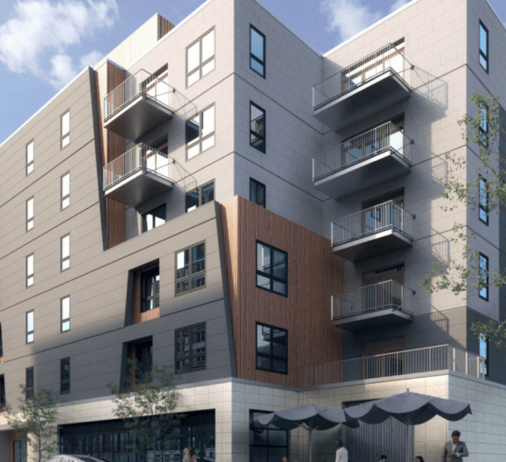The New Geography of Apartment Demand in 2025
Texas: Still the Epicenter of Growth
Despite the skeptics, Texas continues to dominate the U.S. apartment demand landscape. Over the past 12 months, more than 17% of all net new apartment households formed nationwide were in the Lone Star State. While some may argue the state is “slowing down,” the data says otherwise.
Austin and San Antonio achieved record-breaking levels of trailing 12-month (T-12) absorption, riding the wave of unprecedented new supply. Dallas/Fort Worth and Houston weren’t far behind, posting their third- and fifth-best absorption numbers on record, respectively. In short, Texas isn’t just absorbing supply—it’s thriving on it. The state’s formula of relentless construction and steady household formation continues to keep it at the forefront of national apartment demand.
The Sun Belt and Mountain West: Growth Magnets
Beyond Texas, high-growth Sun Belt and Mountain markets are seeing continued strength. Fueled by abundant supply, markets like Phoenix, Atlanta, Charlotte, and Tampa all reached long-term highs in T-12 absorption. It’s important to recognize that in these regions, elevated supply is not a threat—it’s a catalyst. High levels of new construction make it possible for more households to be absorbed, pushing demand metrics higher.
Other standouts include Denver, Raleigh, Orlando, Miami, Nashville, and Jacksonville. These cities have long been magnets for both domestic migration and job creation, and their performance in the apartment sector reflects that momentum.
A Resilient Return for the Coasts
Coastal markets are starting to show real signs of life again. While they may not be reaching historic highs, cities like New York, Los Angeles, and, of course, Boston are notching some of their strongest absorption figures in recent years. Even Washington D.C., facing the headwinds of federal layoffs, remains robust—at least for now.
Other strong coastal performers include Seattle, Northern New Jersey, Philadelphia, and San Diego. While the pandemic-era narrative predicted a long-term decline for these markets, the numbers show a quiet but meaningful recovery underway.
Midwest Momentum Continues
Chicago broke into the top 20 for apartment absorption over the past year, reminding everyone that the Midwest isn’t out of the race. Cities like Minneapolis, Indianapolis, Columbus, and Kansas City aren’t far behind. This region continues to offer a compelling combination of affordability, livability, and job stability—elements that attract a steady stream of renters, even in a more uncertain macroeconomic climate.
Tertiary Markets Hold Their Ground
The theory that boomtown and zoomtown markets would crumble post-pandemic has yet to materialize—at least in the strongest-performing tertiary metros. In fact, some are thriving.
The Southeast is a standout. Cities like Charleston, Myrtle Beach, and Greenville in South Carolina, along with Sarasota, Lakeland, and Fort Myers in Florida, are all posting impressive numbers. Out West, secondary hubs like Colorado Springs, Tucson, and Boise are also experiencing robust absorption. These markets prove that smaller doesn’t mean weaker—especially when lifestyle appeal and affordability come into play.
A Shifting, Yet Stable, Demand Map
What’s most striking in the current landscape is the diversity of thriving markets. From Texas juggernauts to Southeastern stars, coastal comebacks, and resilient Midwestern metros, apartment demand is no longer concentrated in just a few “it” cities. The map of rental growth has expanded—and in some places, matured.
Supply continues to drive much of this activity, but it’s not just about units delivered. It’s about cities that attract and retain people. And in that sense, this past year has painted a picture not of decline or migration reversal, but of a new, broader equilibrium of American growth.
The Bottom Line
Don’t buy the narrative that apartment demand is fading—it’s just evolving. The real estate story today is not about retreat, but redistribution. Texas isn’t slowing down. Sun Belt cities are still basking in strong growth. The coasts are creeping back. And tertiary markets? They’re here to stay.
The question isn’t whether demand is shifting—it’s whether developers, investors, and policymakers are paying attention to where and why.

